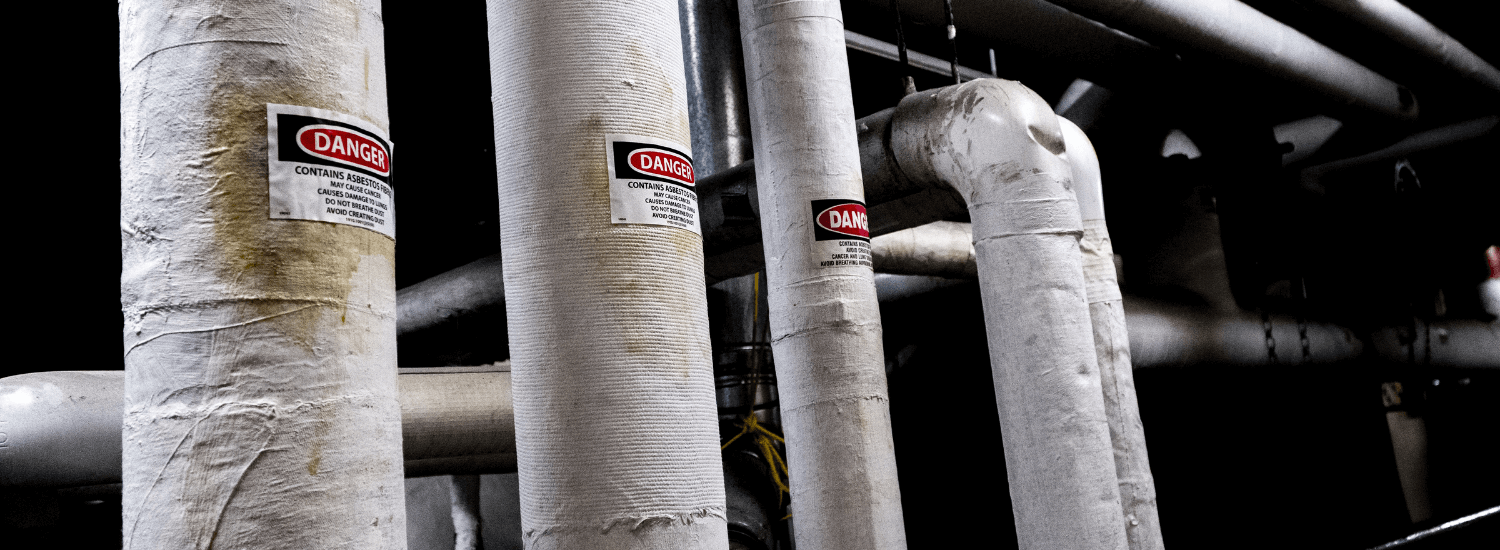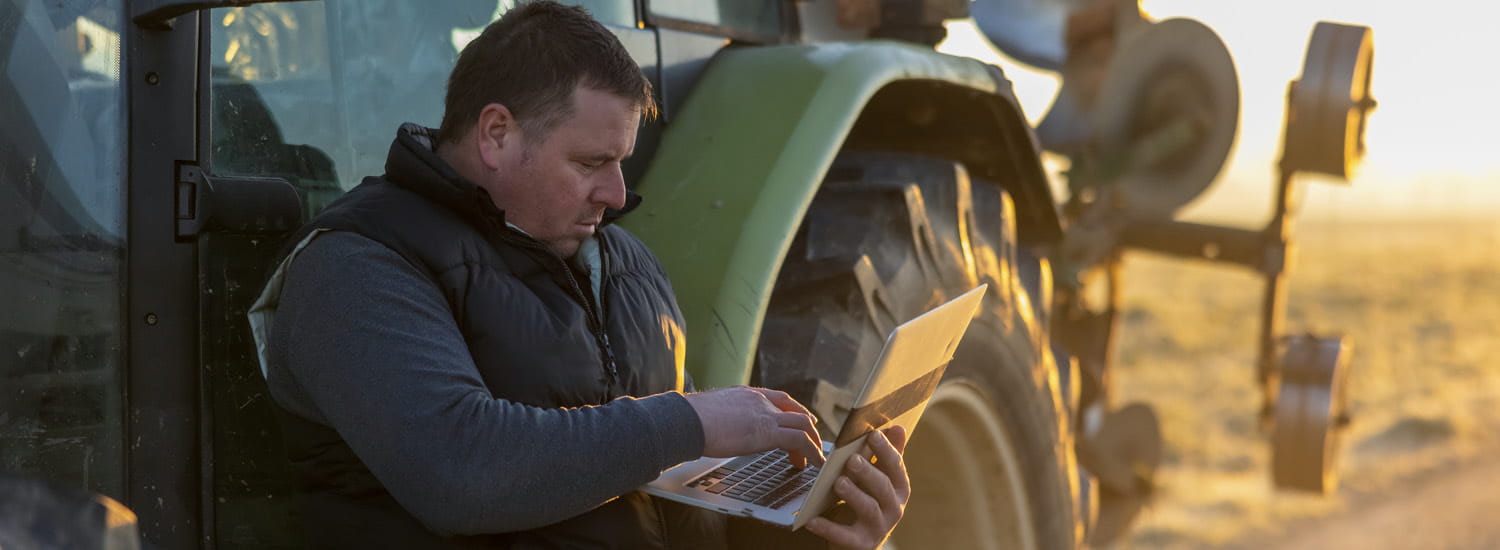Top four reasons for drone accidents
The increasing business opportunities to use drones or Remote Piloted Aircrafts System [RPAS] as they’re also known, has meant more people are investing in the technology and having a go at flying – many for the first time.
This spike in popularity has left many RPAS operators liable and exposed to risks including damage to people and property.
RPAS crash rates are currently doubling every year at 21 per cent CAGR [compound annual growth rate] based on QBE’s claims data, according to QBE Aviation National Manager, Julian Fraser.
“While the legal requirements around RPAS have recently been relaxed, QBE is committed to championing best practice and good airmanship,” he said.
He shared insight into the most common reasons for RPAS accidents.
Poor flight planning
People need to improve their situational awareness before operating RPAS, according to Fraser.
“We get a lot of accidents where people simply rock up to the job, pull out the RPAS and fly it, before thinking about factors such as weather conditions, if the drone they’re operating is fit for purpose, or if they have the correct payload onboard,” he said.
Many operators will also claim a RPAS accident was because of a technical failure, Fraser added.
“But usually the engine fails because the operator didn’t do a pre-flight assessment of the engine or system as a whole. It could have grass or dirt in the engine and RPAS typically have brushless motors so they can fail quite rapidly.”
Battery failures
Fraser said battery failures in RPAS can be a common cause of accidents – primarily because many operators don’t understand how to properly charge the batteries.
“People are pushing the unit to its nth degree,” he explained. Battery failures can occur from a repetition of recharging, dissipating and recharging in what is called cycles.
Once people reach roughly 300 cycles, Fraser said he encourages them to purchase a new battery as they’ve reached the end of their usable life.
“However, we have a lot of SME clients who can’t afford to buy a new battery readily like that because they could be $350 and many businesses may not have the forethought to set that money aside every single flight to save up,” he explained.
“Every dollar counts and when it comes to buying a battery with a lifespan of 10 to 15 years, businesses can be looking at costs of up to $3000.”
Wildlife hazard
“Though bird attacks are one which is shown often in mainstream media, it isn’t as prevalent as you would think,” Fraser said.
“They happen perhaps two or three times a month, but most of the time, bird attacks or bird traffic are a result of poor situational awareness, which comes back to the important role of flight planning.”
Taking the time to look around and check to see if there are any swooping magpies is key to avoid an accident, Fraser added.
Regulation is often misunderstood
“The Civil Aviation Safety Authority [CASA] has strict regulations governing the use of RPAS, so customers need to be acutely aware of their responsibilities to ensure they operate in a way that provides legal liability,” Fraser explained.
“Under the regulations, an RPAS is defined as an aircraft which can impose strict liability risk under the Damage by Aircraft Act.
“People need to know that an RPAS used for commercial purposes – even where the usage does not generate income – will be subject to CASA regulations.”
How to buy RPAS insurance
Remotely Piloted Aircraft (RPA), otherwise known as Unmanned Aircraft Systems or drone operations, vary significantly. Our cover extends to accidental damage, including whilst in use, plus personal injury and property claims as a result of an RPA accident.
It’s available directly and through brokers and QBE authorised representatives.
Need a broker? See our guide to finding the right broker.









